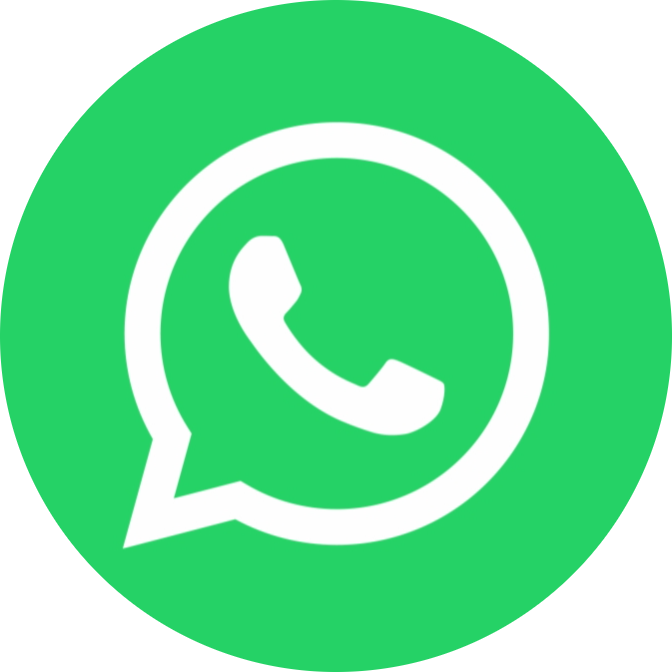How to Track WhatsApp Clicks in Google Analytics 4 (GA4)
- Sotirios Seridis

- Oct 26, 2024
- 3 min read
Updated: Apr 6
If you're here in this article, odds are you already have a WhatsApp account linked to your website where visitors can start a conversation. Now, you might be wondering if you can track how many website visitors clicked and go to the WhatsApp link. Well, you're in the right place, as this guide will show you a step-by-step tutorial on how to track WhatsApp Clicks in Google Analytics 4!
► 🚀 Work with me
► 🧠 Book a call
► ❓ Ask any question
How to Track WhatsApp Clicks in Google Analytics 4 (GA4)
Before You Start - Essential Setup
GA4 should be installed on all pages of your website
Google Tag Manager (GTM) should be installed on all pages of your website
Step 1: Enable Click Tracking in GTM
Login to your Google Tag Manager
Go to Variables → Configure
Find the Clicks section
Enable all click-related variables
Save and publish changes
Step 2: Create a New Tag
In GTM, click Tags → New
Give your tag a clear name (e.g., "GA4 - WhatsApp Click Tracking")
Click Tag Configuration
Select Google Analytics: GA4 Event
Step 3: Copy your GA4 Measurement ID
Navigate to GA4 → Admin → Data Streams
Copy your Measurement ID
Step 4: Create a Google Tag Manager Event
Navigate to to Google Tag Manager
Create a New Tag
Give your new tag a descriptive name, for example GA4 | WhatsApp Clicks
Click Tag Configuration
Select Google Analytics → Google Analytics: GA4 Event
Paste your Measurement ID under Tag ID
Choose a clear event name (e.g., "whatsapp_clicks") 💡Important tip: Do NOT use spaces, use underscores instead. ✍️ This will be the name of your event in all your GA4 reports
Step 5: Set Up the Trigger
Click Triggering
Create a new trigger
Choose Just Links as trigger type (this trigger type tracks clicks to external links)
Select Some Link Clicks (this let you track specific WhatsApp links only)
Set up the following condition:
Select Click URL from dropdown
Choose either:
Contains whatsapp.com (tracks all WhatsApp links)
Equals [your specific WhatsApp URL] (tracks one specific link)
Step 6: Save and Publish
Save your new tag
Click Submit in GTM
Add a version name and description
Click Publish
Step 7: Test Your Event Setup
Click Preview in GTM
Visit your website in preview mode
Click your WhatsApp link
Check Tag Assistant to verify:
The tag fired correctly
The correct event name appears
The right URL was tracked
Important Notes:
Allow up to 24 hours for data to appear in GA4
Test your setup using the preview mode before publishing
Make sure your WhatsApp link is working correctly
Consider tracking multiple WhatsApp buttons separately for better analysis
Frequently Asked Questions on Tracking WhatsApp Clicks in Google Analytics 4
Why aren't my WhatsApp clicks showing in GA4?
If you're not seeing your WhatsApp clicks in GA4, try these steps:
Check if your GTM container is published
Use Preview mode in GTM to test if tag is firing
Remember: New data can take up to 24 hours to appear in GA4
Can I track what users do in WhatsApp after clicking?
No, you can only track the initial click that takes users to WhatsApp. Once users leave your website, you cannot track:
If they start a conversation
If they send messages
Any other WhatsApp actions
This is because these actions happen on WhatsApp's platform, not your website.
How does WhatsApp tracking work on mobile devices?
The tracking setup is the same for both mobile and desktop. However, you can:
View mobile vs desktop clicks separately in GA4 reports
Use the "Device Category" filter to compare performance
Check if your mobile site triggers clicks correctly
Where can I view WhatsApp click data in GA4?
You can find your WhatsApp click data by:
Looking for your event name in reports
Creating custom reports
Using filters to focus on WhatsApp-related events
How can I use WhatsApp click data to improve my marketing?
Find Your Best Traffic Sources
See which channels (social media, email, etc.) drive the most WhatsApp clicks
Focus your budget on what works best
Improve User Experience
See which pages lead to WhatsApp clicks
Make it easier for users to find and click WhatsApp buttons
Create content similar to what's already working well
Test Different Approaches
Try different button designs
Test various message texts
Use different button locations
Keep what works best
Track Patterns Over Time
Look for seasonal trends
Monitor how promotions affect clicks
Use this information to plan future campaigns
Make ongoing improvements based on what you learn
This helps you:
Spend your marketing budget more wisely
Create better user experiences
Get more people to contact you through WhatsApp
Understand what works best for your audience


